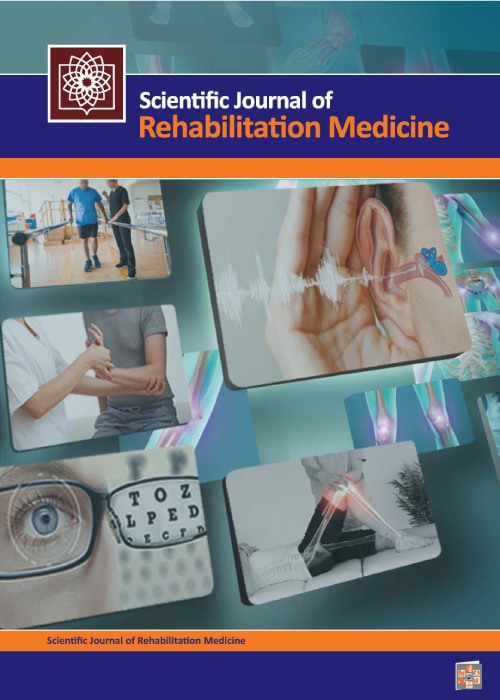Effect of Different Eye Movement Training Methods on Postural Oscillations of Older Women
Postural control is one of the most important abilities to maintain body stability and upright posture in the elderly. This study aims to investigate the effect of different patterns of eye movement training on postural oscillations in older women.
This is a quasi-experimental study with a pretest-posttest design using a control group. Participants were 72 older women in Mashhad, Iran (Mean±SD age= 68.7±2.4 years, weight= 67.7±4.4 kg, height=163.1±3.2 cm) who were selected purposefully and randomly divided into four groups including three experimental groups (saccade, anti-saccadic, and pursuit training) and one control group. All groups were evaluated under four different conditions of visual stimulus presentation. The training groups performed the training for 4 weeks. A repeated measures analysis of variance was used to analyze the collected data. All analyses were carried out in SPSS software, version 25.
The results of ANOVA showed that the main effect of time for postural oscillations in the anterior-posterior and mediolateral directions was significant with the effect sizes of 0.57 and 0.492, respectively (P<0.05). This indicates that, regardless of the effect of group, postural oscillations in the experimental groups showed a significant difference over time. The interaction effect of time and group at the anterior-posterior and mediolateral directions was significant with the effect sizes of 0.168 and 0.28, respectively (P=0.010), where there was a significant decrease in the postural oscillations over time in the groups. The saccade training group showed the greatest decrease in the number of postural oscillations at the anterior-posterior and mediolateral directions (P<0.05).
Eye movement training with different patterns in older adults can reduced postural oscillations in the mediolateral and anterior-posterior directions. Saccade training cause less postural oscillation than anti-saccade and pursuit training in both directions. It is recommended that these training methods be included in the training program of the elderly to reduce their postural oscillation.
- حق عضویت دریافتی صرف حمایت از نشریات عضو و نگهداری، تکمیل و توسعه مگیران میشود.
- پرداخت حق اشتراک و دانلود مقالات اجازه بازنشر آن در سایر رسانههای چاپی و دیجیتال را به کاربر نمیدهد.



